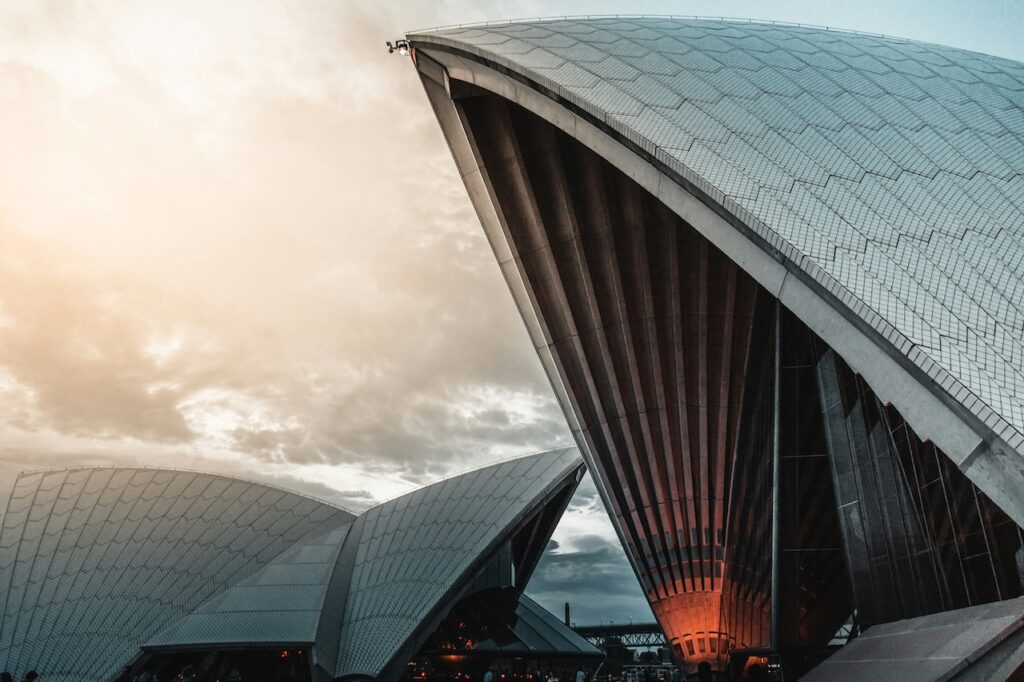The future of finance is digital and blockchain plays a central role in this transformation. From blockchain technology cross-border payments has tokenization of real-world assets (RWA)technology improves operational efficiency and opens new avenues for value creation.
Therefore, decentralized finance expected to reach $601 billion by 2032. But innovation doesn’t happen in a vacuum. It thrives when clear, forward-thinking regulations are in place, and regulatory models come in many different shapes and sizes.
Australia is one of the countries making headlines for its proposed new approach. As the global financial ecosystem evolves, Australia’s proposed framework offers an example of how governments can regulate the digital economy while encouraging innovation.
The dawn of a new financial era
Blockchain and digital assets are vital technologies powering a number of financial innovations, including stablecoins, central bank digital currencies (CBDCs), and tokenized RWAs. They also play a key role in cross-border payments, a billion-dollar industry historically plagued by high fees, delays and inefficiencies.
By reducing the number of intermediaries in the payment flow, blockchain-based solutions like Wavy Payments can unlock real-time settlement and deliver faster, more affordable and more transparent global payments 24/7/365, effectively reshaping the way money moves at scale worldwide.
Tokenization of real-world assets – another transformative use case for blockchain – is expected to reach $16 trillion by 2030. Traditionally illiquid assets (real estate, art, carbon credits) are tokenized on a blockchain to provide liquidity, transparency and accessibility to a wide range of investors. .
Regulation is key to unlocking blockchain’s potential
With new use cases for blockchain and digital assets constantly emerging, the need for a clear definition crypto regulation is essential for innovation to flourish. In contrast, regulatory ambiguity breeds hesitation, creating uncertainty and slowing progress.
As Rahul Advani, Ripple’s Director of Policy for APAC, says: “If you’re a responsible innovator, you’re not looking at building for the next one, two, or three months. You plan to build for the next five or ten years. And what regulatory clarity gives you is clear traffic rules so you know what to build.
Countries like Switzerland and the United Arab Emirates have already positioned themselves as digital asset centers by providing regulatory clarity that attracts businesses and investors. In fact, the UAE was one of the first countries in the world to consider blockchain applications at the government level. Since then, the UAE has been a pioneer in its commitment to crypto, attracting the best talent, capital and infrastructure to the region.
The European Union Markets in Crypto-Asset Regulation (MiCA) is another example of a regulatory framework that can drive progress through legal certainty and unified rules across jurisdictions. MiCA provides simple settings for crypto providers and currency token issuers to operate with confidence within the EU, facilitating wider adoption and innovation. Although Australia shares this overarching objective, it takes a different approach.
Australia’s unique regulatory framework
Digital Asset Reform in Australia stands out for its focus on digital assets TO DO rather than what they are. While many countries struggle to define whether a digital asset is a security token, utility token, or payment token, the Australian framework places emphasis on the function of these assets.
This activity-based approach aims to help regulators focus on the risks associated with how digital assets are used, avoiding ongoing debates around token taxonomy that have led to regulatory delays elsewhere.
The Australian Government has proposed applying the existing Australian Financial Services License (AFSL) framework to digital asset service providers, ensuring that entities involved in activities such as preservation of digital assets are subject to the same supervision as traditional financial services. By utilizing an established regulatory infrastructure, Australia maintains consistency while enabling the testing of new use cases in the rapidly evolving blockchain space.
That said, there are some concerns. Although significant consultations have taken place over the past five years, Australia has struggled to make progress in finalizing a digital asset reform proposal. This has led to a disconnect between Australia and international financial centers such as the European Union, Hong Kong, Japan, Singapore and the United Arab Emirates, all of which have clear regulatory frameworks in place for digital assets.
To remain competitive, it is essential that Australian policymakers not only engage with the industry, but also establish clear rules for the industry to thrive. A proactive regulatory approach will not only protect investors, but also nurture an innovative ecosystem that attracts global talent and investment.
Building the future of digital assets
As the global financial landscape evolves, the focus on digital assets and blockchain infrastructure will only grow. In this new reality, regulatory clarity is crucial to ensuring and encouraging responsible innovation, and the Australian approach adds another important perspective to the conversation.
The country’s focus on regulating activities rather than defining assets provides a flexible framework that can adapt to a changing landscape without waiting for a global consensus on token classification.
Alongside other regulatory models, the Australian approach can provide lessons for an aligned and integrated global regulatory infrastructure that ensures blockchain can develop as a sustainable, secure and beneficial technology for all. But the time to act is now.
Learn more about Ripple’s prospects at regulatory frameworks for crypto and blockchain.




